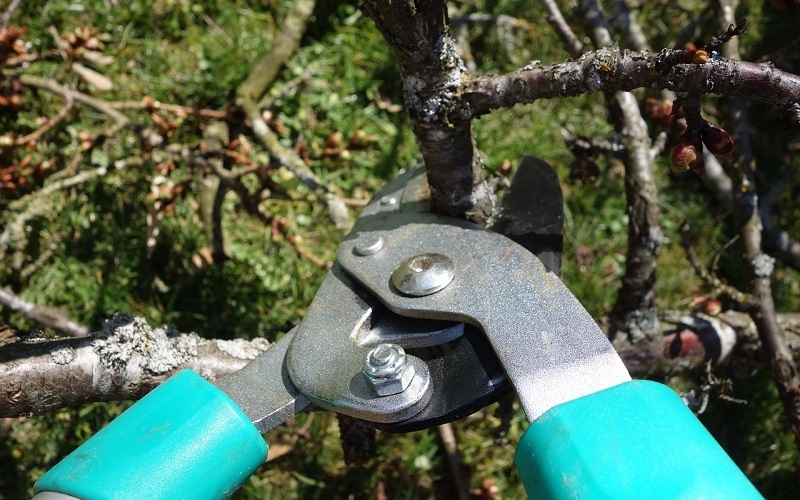We all love to have trees in our garden, in front of homes and sidewalks, as they add a stylish look to our homes. It’s good to have to them to improve the balance of our environmental conditions, mainly. Maintenance of trees is crucial for their good health, structure, growth, and safety. The procedure of removing dead branches, controlling their growth, reshaping the trees, and removal of the falling branches is called Tree Pruning. It is a common practice used for the maintenance of trees. The various methods of tree pruning and the reasons to do so are mentioned below.

Reasons for Tree Pruning
Reasons for Tree Pruning are discussed below:
- To discharge the dead, infected, snaffled, unfruitful and defective parts of the trees.
- To remove the branches which clash with each other.
- To remove the stumpy ends.
- To boost the sunlight and transit of air between the branches and on the tree base.
- Grown trees are pruned for precautionary measures,
- Crotches which are weak and small have a tendency of splitting-up as the tree grows. You should remove these to get rid of the cracking of wood.
- Branches which grow near the top of the tree dominate each other and grow over. This will cause splitting of branches and cracking of wood which may be a hazard in heavy winds.
- Right pruning techniques help to support great tree structure and prevent threats like falling of branches.
Right Time to Prune a Tree
The appropriate time for tree pruning is in late winter or early spring. This is the idle time for pruning as the trees start to open the buds. Dead and damaged branches can be discharged at any time of the year. Few trees should be pruned when they are growing. Pruning should be avoided in winter and spring as this may increase the attack of pathogens (disease-causing proxies). Some trees bleed from the cuts and need time; for these trees, pruning should be done when they are sprouting.
How to Prune a Tree
- Firstly, you have to plan on tree pruning. Decide whether you want to reshape the tree for air and sunlight or want to prune lightly to get rid of dead or diseased branches.
- At first, cut off damaged and dead branches. Then, remove the branches which are cross and out of shape.
- Trim the branches which grow towards the center as they form a clutter and make way for fungus growth.
- Remove the lower branches which are blocking your walkways and higher branches which are a threat to your utility wires. Also, branches which are rubbing the rooftops, and those dangling in front of your doorways or windows should be trimmed.
- While pruning a branch, you have to find the branch collar and branch bark. You should not cut the branches in these areas as this will damage the tree, leading it to rot inside.
- Don’t use any tree paint to cover the cuts made as it leads to the rotting of the tree.

Types of Tree Pruning Techniques
After examination of the tree, you can decide which parts are to be pruned. There are different ways of tree pruning and they are discussed below.
- Thinning: Thinning is a common method used to remove an entire branch. This method is used to revive a tree by cutting off weak, diseased, damaged and overgrown branches. Proper thinning improves the growth of the tree.
- Raising: Raising method is used to discharge the lower branches to clear the obstacles for the buildings, vehicles, and pedestrians.
- Topping: Topping is a method used to cut down the branches from the top of the tree to fewer branches or to the tree trunk.
Reduction: Reduction is used to cut the size of the tree. Trimming of height or spread of a tree by pruning the dominant branches is an effective method of developing the smaller ones to become major branches. This method is a good option compared to the topping technique as it won’t do any damage to the tree and helps in the tree regeneration process.










Comments are closed.